
Since I first joined the TTTT organisation one and half year ago, and since I joined the research group and started to think about emotions and conflicts and talking to my colleagues about it, NonViolent Communication has always been present. Not that we explicitly talked about it, but I think we all had encountered the main interrogations in one form or another. And that it had a lasting impact. Maybe you have had a similar experience, reading somewhere that you should "own your emotions", formulate your needs and expectations, or formulate an "I-message". If this is true for you I hope you find reading and practicing NonViolent Communication as rewarding as I have. — Åke Sjöberg
Introduction to Nonviolent Communication
Often in the way we normally communicate we are not aware of how our emotions impact the interaction. This is especially true when we don't agree with someone, and our attempts to try to convince the other person and try to get what we want may intensify our emotions and create a conflict.
In Nonviolent communication we try to listen to what the other persons emotions are of and try to understand what it is they need, and we also try to formulate our needs and our emotions.
This text presents a range of Nonviolent Communication techniques to work with emotions and conflicts, and the idea is that it could be in mainly the art school "classroom", but possibly also other college and University "classrooms". The skeleton of this text is a summary of the book Nonviolent Communication by Marshall B. Rosenberg 1. Humans have a natural capacity to feel compassion and empathy with others, but only when we have had the time and the ability to listen to their emotions, and their needs, and in “debate-situations” when we try to get our way we don't have a chance to activate our compassion and our ability to create a solution together.
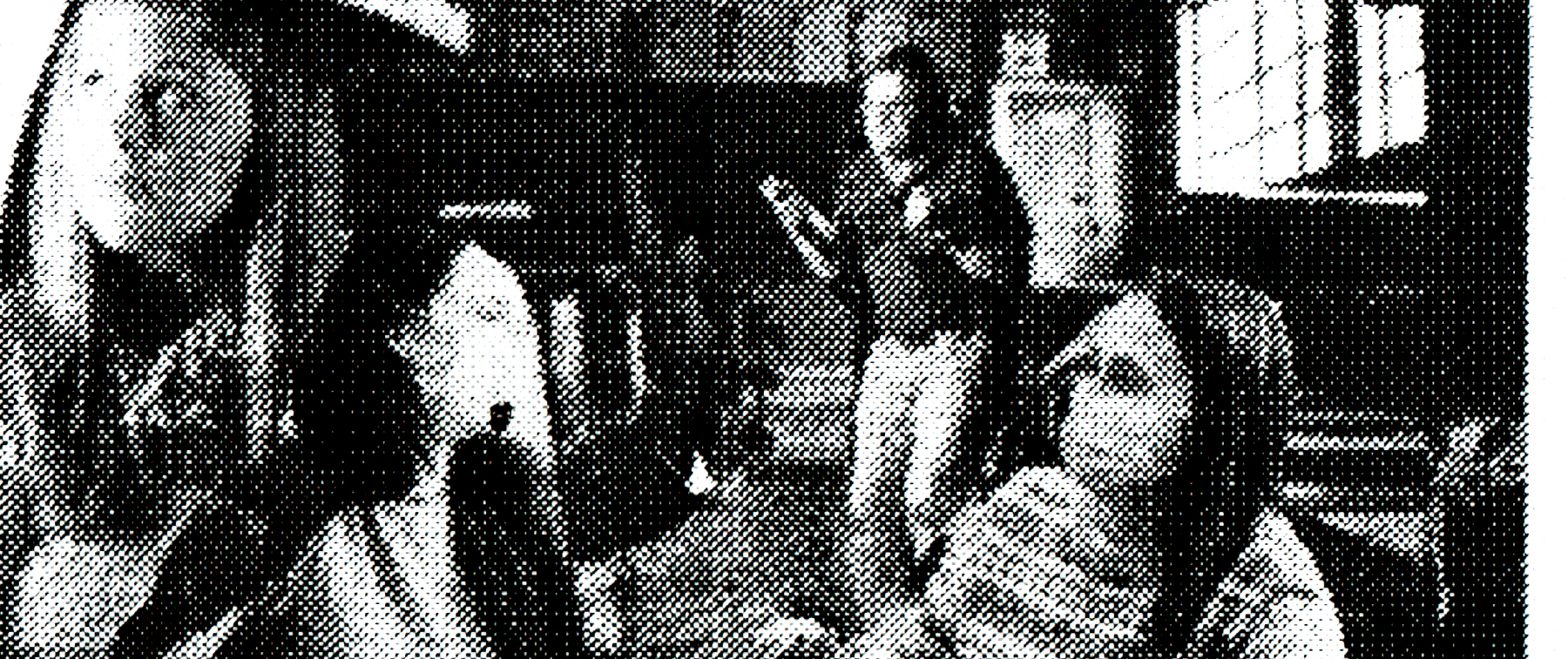 Collage by Åke Sjöberg 2021
Collage by Åke Sjöberg 2021
In order to understand the Nonviolent of NVC we need to define what the violence in “violent communication” or “debate communication” is. Because we live in a culture what have a lot of competition and domination ideology woven in to it many of us have learned that every situation has a dominator and a dominated, that every time we don't agree we are in a zero sum game that can have only one winner, and this winner is the one who is most skilled at scaring, shaming or coercing the other person into agree to getting their way. These skills to emotionally manipulate the other person is the “violence” of “normal communication“ or “violent communication”. The "toolbox" to manipulate people has been called Master suppression techniques and was developed by Norwegian sociologist Berit Ås, and contain: Acting as someone is Invisible, Ridiculing someone, Withholding Information, double punishment, heaping blame and shaming. To learn about these techniques and how they can be like a vaccine against them, if you know someone is using them and verbalise what they are doing, the power of the techniques is diminished.

Berit Ås, de fem hersketeknikker — Image courtesy of: Kilden genderresearch.no
During the second TTTT week long workshop, organized by the Gothenburg group there was a workshop called "White supremacy culture" that presented a text also called White supremacy culture, (here after referred to as WSC), that the participants read aloud together. The text was written by Kenneth Jones and team Okun 2001. Or here is a link related to their work. And this other text of the same authors tells about the characteristics of White Supremacy Culture, with examples such as "perfectionism", "a sense of urgency" and "defensiveness". To every "chapter" the text lists a number of "antidotes".
There are some similarities in the culture that Berit Ås and Team Okun describes, even though they originate from different countries and times.
One kind of violence Nonviolent Communication is against is emotional manipulation, and this manipulation is made possible when we (in accordance with unspoken roles) do not verbalise the emotions we are experiencing in many “professional settings” such as art school classroom, and because we don't talk about them, it is as they don't exist. And one way they don't exist then is discursively, and if we put them, the emotions, needs and expectations on the table, we can look at them collectively and together, together with other existing facts try to create new solutions.
Marshall Rosenberg has written in his book Nonviolent Communication: A Language of Life about Nonviolent2 as a process and a set of ideas that facilitate for compassionate communication. He describes it as a “an ongoing reminder to keep our attention focused on a place where we are more likely to get what we are seeking”. And I think this is key, that when we use NVC we are more likely to get what we need and want, and we are also connecting more deeply and compassionately with other in the process.
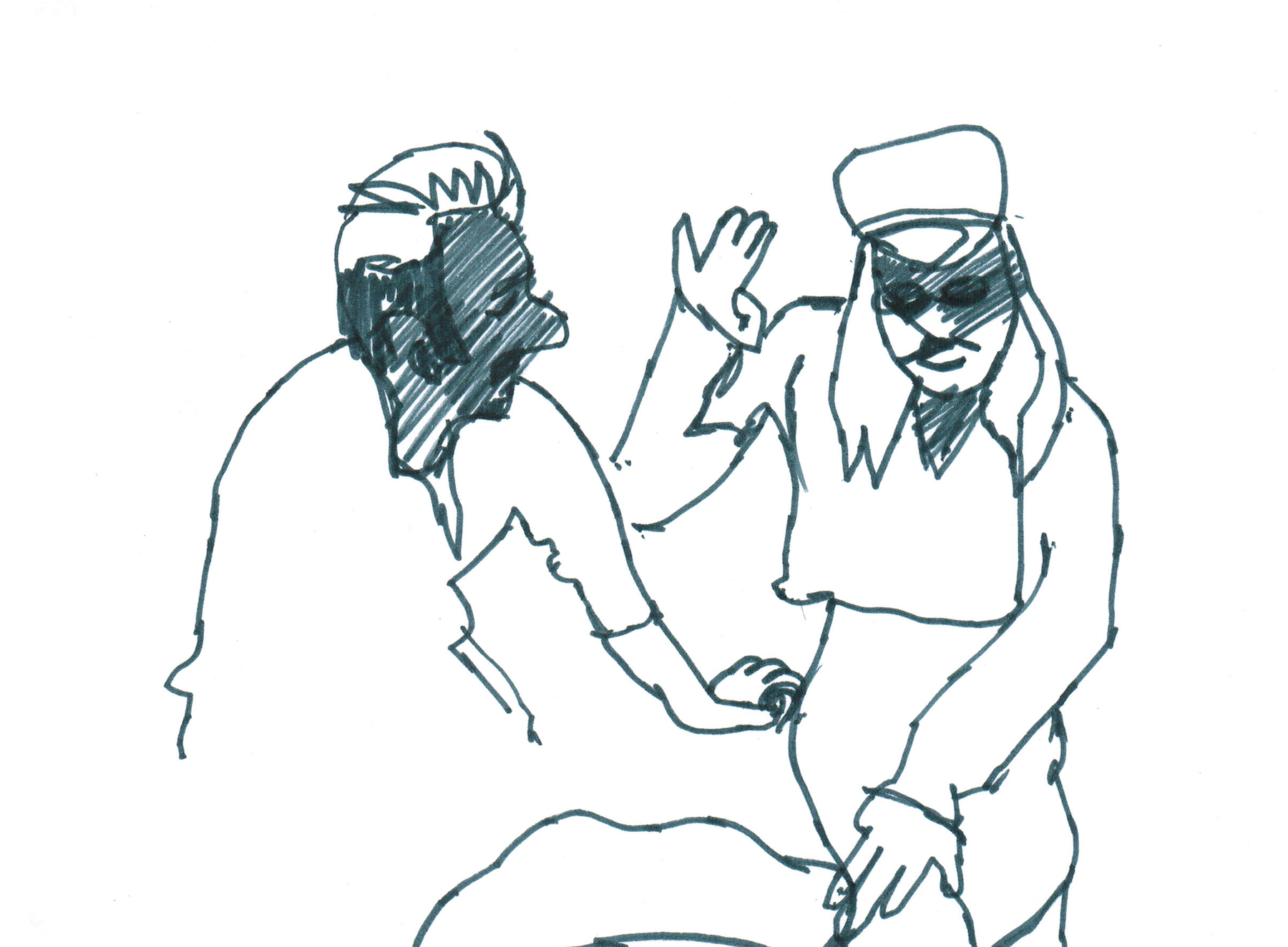
When we think of communication we might think of words, sentences and the meaning they represent, but what we are communicating is much more then that. We also communicate with our body language, our tone of voice and our facial expressions, and our emotions are largely communicated this way. But often the emotional, non verbal side is not so easy to decipher, so we need to verbalise it. But with it we exchange information and negotiate with other bodies. Given that we communicate in many ways we can also communicate with or without compassion.
NVC is about communicating with compassion because compassionate negotiation creates different results and often results that are better in long-term and for more people. NVC instead of creating and escalating conflicts creates healing and understanding through the facilitation of compassion.
NVC often help clearing up misunderstandings when the involved parties describe their emotions and their needs, and get an inside view from the other side.
NVC can be useful in many forms of relations from love-relations to international relations and the relations between the students and between the students and the teachers in an art-school “classroom”.
References used in this process
Rosenberg's Four steps and Two parts of NVC
Rosenberg describes in his book Nonviolent Communication: A Language of Life, four steps and two parts, listening to yourself and listening to others, represent the basis of NVC.
Here is a presentation of the four steps:
(1 of 4) Observing without judging.
Observing and describing what we have observed without attaching judgements to it. In NVC it is important to separate what you observe from your personal judgement of it. Instead of saying “I saw an ugly car” you could say: “I saw a car that was old, rusty, had a broken headlight, and mismatching colours on the doors, therefore I thought it was ugly.” By not sharing your judgments you decrees the risk that what you say trigger of defensiveness, this increase the possibility for a dialogue that leads to common understanding.
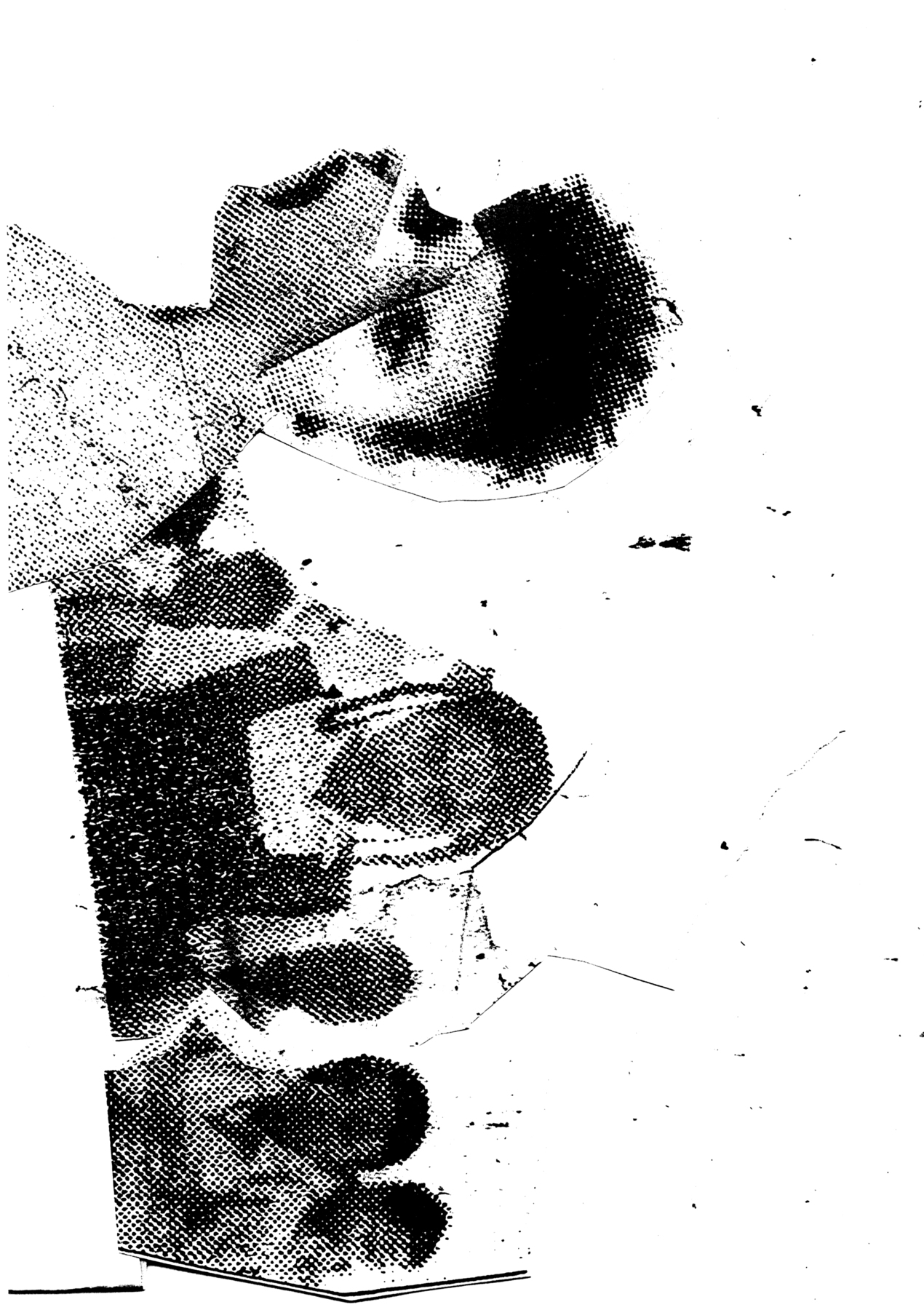
Collage by Åke sjöberg 2021
(2 of 4) Owning your feelings.
Identifying and taking responsibility for our own feelings is what we mean when we say we ‘own’ our feelings. Blaming other people or circumstances for ‘making us’ feel something is NOT owning them, but projecting responsibility onto someone or something else.
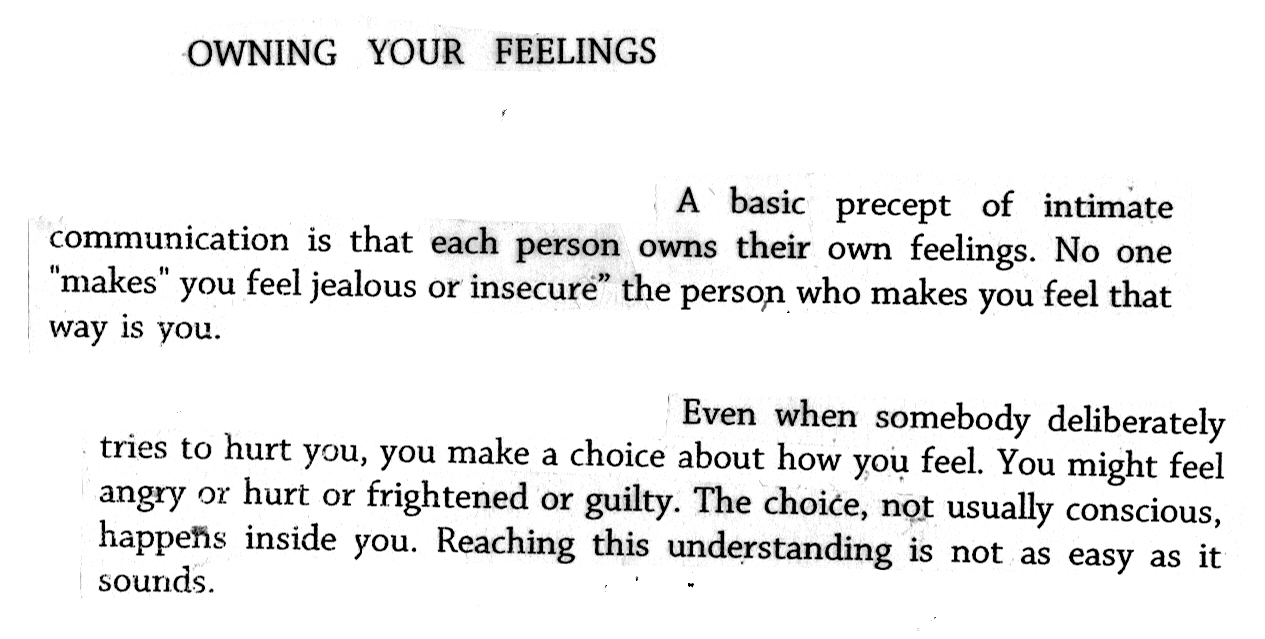
Dossie Easton, "Owning your feelings" from the Ethical Slut: A Guide to Infinite Sexual Possibilities, 2017, p. 87
Owning one's feelings means to take responsibility to say, "in my body these emotions and feelings exist". Instead of saying things like “you made me angry”, you can say “I hear that you don't think my artwork is interesting, and I feel sad and hurt, because your judgement matters a lot to me, and I don't want it to matter what you think, and that makes me angry at you”. We need to detach and change how we relate to words and actions from others, and how these affect our feelings. Rosenberg calls other peoples words and actions “stimulus” (outside you), and not the “cause of feelings” (the feelings come to existence inside you). This is important when we shift perspective because what happens inside you is only visible to you, and what happens in the room is visible to both of you. So if something happened inside you you need to verbalise it. When someone says something negative about use NVC describes 4 ways to respond. And NVC teaches us to learn how to use the last two, focusing on needs and feelings.
- Take it personally
- Fight back
- Consider your own feelings and needs
- Consider the other person’s feelings and needs.
By practising NVC and focusing on the needs and feelings of the involved we can cut off negative feedback loops that escalate conflicts. It's not easy to not take things personal, but we can learn how to not react and respond automatically by playing hurt or attacking instead “slide in the needs and feelings card”.
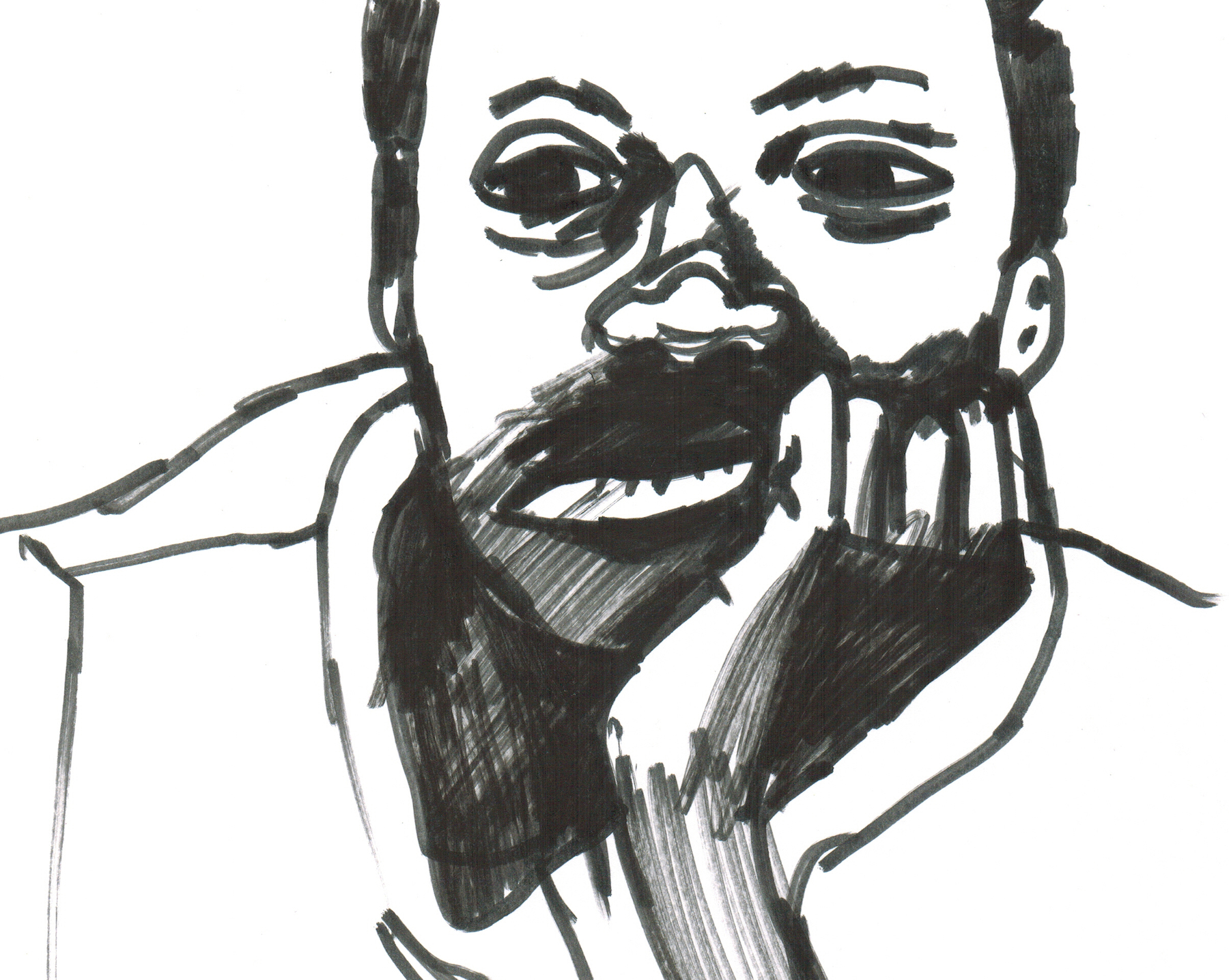
(3 of 4 ) Underlying needs.
Feelings are in NVC considered to come from unfulfilled needs inside people. Expressions of feelings such as anger are seen as a response to the unfulfilled need and the key to unlocking the situation could be to focus on finding out what is missing inside the person and not go into confrontation with the angry behaviour. NVC teaches people to look inside themselves and try to see what needs are not being met. Also by increase their vocabulary to describe the nuances of their needs and emotions. There are several card games about “feelings and needs” that can help children and adults to learn about and talk about feelings and needs.
Links:
- Simple tools to manage difficult...
- Feelings and Needs Poker
- Open Communication resources
- Feelings and Emotions Matching Cards
- Our emotions card game
- Responses and exercise
- Posters child friendly
People learning NVC can get more and skilled at understanding exactly what they need that they don't get, and the feelings this causes, and they get better and better at describing this to others.
(4 of 4 ) Requests
This is the last step, here we learn to ask for the things that we need, when we see that these things are something that is possible to do for the people we interact with. The requests are made in a way that facilitate for compassion. NVC describe requests as very different from demands. Demands are considered violent and something that often cause conflicts. The requests should always be formulated about the things that you do want, and in a way that they can be fulfilled, (other-ways it could be a form of shaming). By including your own feelings and needs in a request you can separate it from a demand, this by describing why you want it and the feelings it would generate within you. This could also be a form of shaming as it is very close to giving someone else the responsibility for your emotions, but I guess that is if you describe the negative feelings that could be generated instead of the positive.

THE TWO PARTS of NVC
I. Hearing yourself,
and expressing your needs and feelings, and by describing them verbally to others. Practice using words for your direct emotions that are as close as possible.
II. Hearing others.
Listening and taking in the needs and feelings of others involves involves asking questions. It also sometimes involves "reading minds", with this I mean, trying to put yourself in the place of the other, imagine what you might feel. Followed by telling "in you place I might feel..." "is that how it is for you". When the other person speaks listen carefully then paraphrase what they just said back to them, and add "have I understood you correctly?"
Workshops and experiments
(If you want to know who I am you can read here) we have been working with these questions of emotions and conflicts in two organisations in parallel. Except for the work in the TTTT organisation Åke Sjöberg have arranged three workshops and a reading circle in "Stacken" a living co-operative apartment building in Bergsjön a project suburb outside Gothenburg. For a couple of years the social climate in the house has gone more and more sour, and a lot of tenants have chosen to move, and many are thinking about moving. In this organisation, where Åke is also a tenant, he has arranger collective readings of different texts, both his own Swedish translating of team Okun's "White Supremacy Culture" and a Swedish version of this NVC material. On the later you can read more in "Notes from NVC workshop 2021-11-16" below.
Stacken Workshops
Three large group meetings with the majority of the adult tenants were arrange. this text was sent out two weeks before the first workshop
Continuation of the work with values in the autumn of 2021. This work, which began in 2017 with two workshops and then resumed after a few years in the spring of 2021, became a collective process and a meeting place more than a focused work during the isolation of the pandemic. Many residents in the house have expressed that this collective process has been healing and unifying during a time when we could not meet physically, and when many residents expressed that the membership meetings held online were both messy, bureaucratic and anxious. The original plan that focused value-based work would lead to a document has now been overshadowed by an increase in knowledge and the collective educational effort that value-based work has become. Both during workshops and in the reading circle.*
Value statement document
My plan is that we will create a common ethical value base, which everyone in Stacken can agree on. This could be formulated into a "Value statement document". In the hope that this will increase the trust in other people's actions and decrease the need to control each other. If we know that we share an ethical foundation, perhaps we can trust each other more, as we all know that individuals or working groups act on the basis of this ethic. ... should now instead be described as: The value-based work is a collective process where Stacken's members during workshops and reading circle meetings participate in educational initiatives that strive to participate as individuals and as a collective ...
- … better at collaborating, by treating people with empathy
- … gain a greater understanding of the connection between emotions, needs and conflicts,
- … learns tools to reduce the emergence of conflicts and techniques for managing one's own and others' conflicts, for example through NVC and conflict mediation
- … learns to recognize and counteract so-called "Master suppression techniques"
- … learns to recognize and counteract so-called "White supremacy culture"
The NVC workshop
Description of NVC-workshop at Stacken 2021-11-21.
Time schedule
- 09:30–9:40 Introduction to the workshop
- 09:40–9:50 Short break and regrouping in 8 small groups.
- 09:50–10:30 Session 1 in the small groups
- 10:30–10:50 Feedback session 1, and coffee in the large group
- 11:00–11:40 Session 2 in the small groups
- 11:40–12:00 Feedback session 2 in the large group
Activity in the small groups. reading & discussion.
Session 1
Read page 2-12 in the booklet “Introduction to NVC”, take turns reading and after reading one or to pages stop and discuss what you just read.
Session 2
If your group has not reached page 13, keep reading until you reach it. Do the exercises from page 13-onwards, and discuss.
Activity in the large group.
Gather and share answers to some questions using a modified feedback method developed by the TTTT, at the week-long workshop “How to say it” in Brussels January 2020. Each participant writes their response to two questions on a piece of paper, puts it in a box. Then everybody takes out someone else's paper and reads it loud to the entire group. The possibility to “pass” was explained, and the possibility to give their paper to the facilitator to read .
For the first large group feedback session the participants where asked to answer the two questions: “In what situations in general do I think I will be able to use what I have read today?”,
“In what situations in Stacken do I think it would help me to use something I have learned today.”
And the question for the second large group gathering was: “From what you have learned today, can you write some bullet points that you would like to have in a Stacken-Document, to remind you to use a specific NVC tool in a specific situation."
Participants
40 people, living in the collectivist, coop living unit Stacken outside Gothenburg.
Method
Reading aloud and discussing as peer learning method.
The text being read and discussed was a swedish version of an earlier version of this text, written by Åke Sjöberg drawing from Rosenberg's book NonViolent communication a Language of life*
Notes from NVC workshop 2021-11-16
The word discursive is a bit hard to understand, what I mean is that often it more easy to put hard facts on the table. But if we describe our emotions them can also be put in the pile of facts on the table for collectively comparacing
In relation to the the low-level, high-level language metaphor I'd like to say that, if your needs are not being met it's often through lower level communication, that things starts to leak. You're like an old battery leaking acid and poisoning your surroundings.
I really appreciate the part with using empathy as a method, and not just as some abstract “new age thing”, but a concrete method.
In relation to the “observing without judgment” part, I'd like to add that it's very easy to accidentally or even automatically pass judgments on things you describe, saying something like “an ugly car”. But when you do that, you put yourself in the owner position, you claim the right to judge, and it's almost like you instigate a conflict with anyone who doesn't share your opinion.
This is not something I've learned in school. I believe that our ability to communicate in a functional way is very limited. What that way we've learned in school about communication is the opposite. How to manipulate. We're very green at talking about emotions and needs.
In relation to the part about expanding your emotional vocabulary. I believe that there is a much more important obstacle, and it is that we don't believe that we are allowed to have emotions and needs. I believe we have to learn that we actually have a right to feel and to express our needs. And the most important part is to tell people that they are allowed to feel, that everybody is allowed to have needs everybody is allowed to express their needs.
Instead of focusing on whether an emotion is positive or negative, we could focus on the need that is being met or is not being met, causing the emotion. And if we focus on this, we could unite in a shared ground where we all have needs and emotions.
It's a balance between my needs. And the needs of others. If you only oppressed your own needs, you will start to leak acid like an old broken battery. I believe benevolence is important to show goodwill towards others in order to cultivate a good climate. It's something that we cannot create in an instant, we must provide a good soil where this can grow. I believe it can be a good metaphor if we look at the social climate in cultivation terms instead of viewing it with mechanical or electrical parables, where something just snaps into place, based on logic. When you work with people, you have to re-process with them, you have to re-program their interaction. You could, by being more benevolent in a group create a space where goodwill and empathy bounce off the other people and back to you.
In a group when a question has lead to a locked position, the cause is often one's ego. If your ego says “it has to be this way”, you're getting locked into a place where you can't move. But we could create some leeway, if we use the space between “a model” and one's ego, we might create some air where we can be more flexible, and find a new solution.
The “model” could be such as admitting to that “we are all learning” or “we are much more than just this situation that we are in right now, and if we give something now, we might get something back next time”.
We're all starting from a position of imperfection and from this situation of imperfection we all have to try to work together.
Reading circle in Stacken
Between the workshops that every Stacken tennant attended, a reading group was formed that in more depth could study texts on "White supremacy culture", "Master suppression techniques" and "NonViolent Communication". The group gathered weekly, in two hour long meetings in the spring of 2021, with between 2 and 10 participants. In the meetings the texts were read aloud together and discussed. The meetings were recorded and distributed as podcasts in Stacken.
More material about Non Violent Communication tools
Compassionate communication. Describe your feelings. Try to understand the underlying needs in people expressing their feelings, try to put yourself in their shoes, tell what you would feel ask if they are feeling in this way. Practice feelings- and needs- vocabulary.
Feelings
Examples of categories of feelings
Feelings when needs are being met, (sometimes called positive feelings)
- affectionate
- engaged
- excited
- exhilarated
- grateful
- happy
- hopeful
- inspired
- peaceful
- refreshed
Feelings when needs are not being met (sometimes called negative feelings).
- anger
- aversion
- confusion
- disconnection
- embarrassment
- fear
- pain
- sadness
- tension
- yearning
more complete list of feelings accessed at 2021-08-13 Practice "feeling words" on Emotions crossword puzzles below or by using some of the other tools in the toolbox.
Needs
The six categories of needs according to nycnvc.org. Autonomy, Connection, Peace, Meaning, play, and Physical wellbeing. under these categories there are lots of specific words, use one of the tools in the toolbox to practice words that describe needs.
Although we all experience our needs in differing amounts at different times, if you think about it, the needs themselves are universal in all of us. This universality of experience helps us to see one another in a compassionate view - as fellow humans, just like us.
In compassionate thinking we can create a forum for all parties needs to be fully seen and heard...Needs are universal to all of us. In fact, we can see them as the basis for everything all of us humans do - everything. From scratching our heads, to eating meals... When we learn to see and relate based on these universal needs, it is way more possible to connect with other human beings, regardless of their age, ethnicity, language, social status, political position or history.
Requests
"Requesting That Which Would Enrich your Life" is the title of chapter 6 in Rosenberg's book on NVC what we would like to request of others in order to enrich life for us. When our needs are not being fulfilled we follow the expression of what we are observing, feeling, and needing with a specific request: we ask for actions that might fulfill our needs.3
Use positive language:
- Say: "Could you". → Don't say "don't", or "why do you always…"
- Say: "Could you do the dishes today?" → Don't say: "Why don't you ever do the dishes?"
Say what of your needs would be fulfilled (by you request) and what "positive" feelings it would create in you: "Could you do the dishes today, I need to sit down and rest my aiking feet, it would make me feel so relived and calm. Asking requests in this way is more likely to lead to positive outcome then if you put blame and shame on the other person for your bad feelings. DON'T SAY IT NEGATIVELY: "if you don't do the dishes my feet will hurt and I'll be very stressed". Using requests together with telling the negative consequences if the request in not fulfilled might lead to guilt and shame in the person you ask, something that could be a "demand in disguise".
For tools and exercises with NVC visit NVC and conflict resolution tools
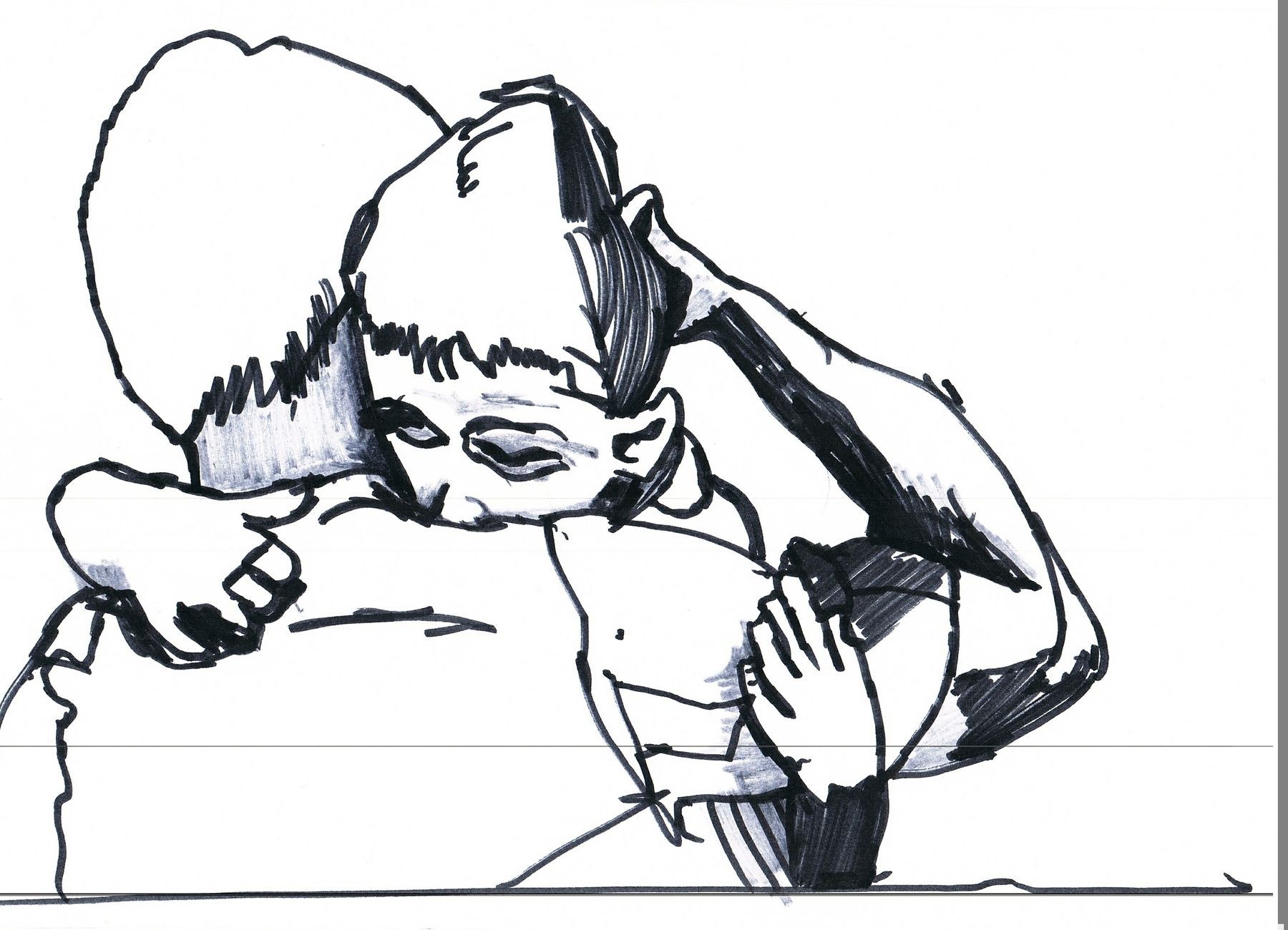
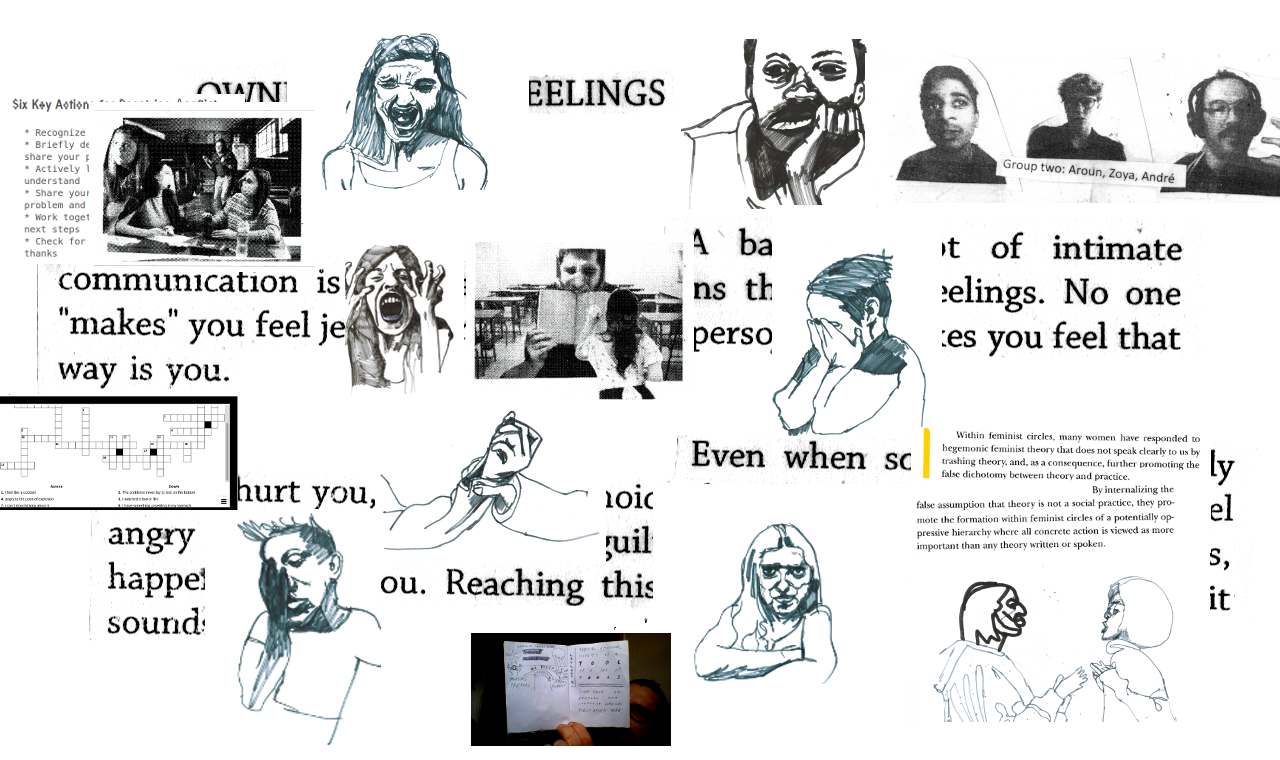 An invitation to meander through an inquiry on nonviolent communication, conflict resolution made of collages, drawings, references, readings and personal or collective experiences by Åke Sjöberg
An invitation to meander through an inquiry on nonviolent communication, conflict resolution made of collages, drawings, references, readings and personal or collective experiences by Åke Sjöberg
References and Workshops: Nonviolent Communication and Conflict Resolution
References and Workshops: Nonviolent Communication and Conflict Resolution
Diary: Radical Emotional Honesty as a Feminist Tool
Collage: NonViolent Communication, Conflict Resolution and Mediation
Samples: NonViolent Communication Crossword Puzzles
-
Rosenberg, Marshall B., Nonviolent Communication: A Language of Life: Create Your Life, Your Relationships, and Your World in Harmony with Your Values, 2003, https://1lib.sk/book/961987/760e21 ↩
-
ibid. ↩
-
Rosenberg, op. cit., p.67 ↩
